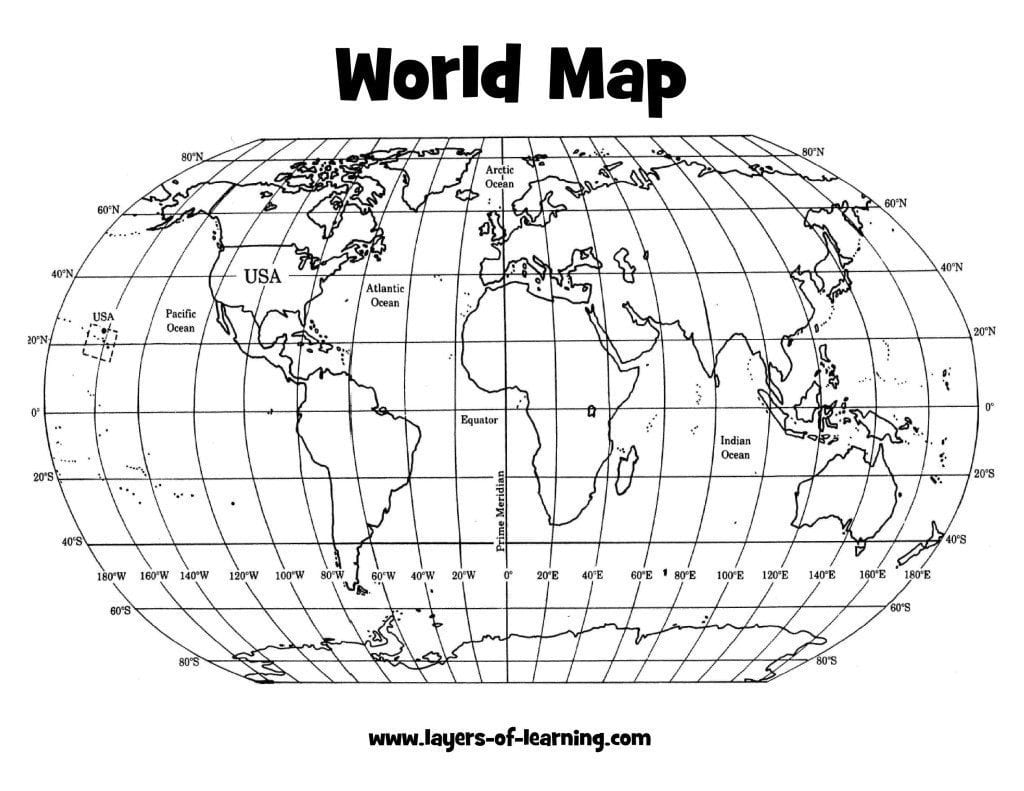


Spatial databases of human population have found use in disease burden estimation, epidemic modelling, resource allocation, disaster management, accessibility modelling, transport and city planning, poverty mapping and environmental impact assessment amongst others 5– 9. 3).ĭetailed and contemporary spatial datasets that accurately describe human population distribution can support the measurement of the impacts of population growth, the monitoring of changes, environmental and health applications, and the planning of interventions 4. There is an 80% probability that the population of the world will be between 8.4 and 8.6 billion in 2030, between 9.4 and 10 billion in 2050 and between 10 and 12.5 billion in 2100 (ref. The United Nations (UN) expects that continued population growth is almost inevitable until 2050, even if the current decline of global fertility accelerates. Continuing population growth and urbanization are projected to add 2.5 billion people to the world’s urban population by 2050, with nearly 90% of the increase concentrated in Asia and Africa 2. The global human population is projected to reach 10 billion within 40 years 1. The archive can be downloaded both from the WorldPop Dataverse Repository and the WorldPop Project website. Datasets and production methodology are here described. Further layers include transport networks, landcover, nightlights, precipitation, travel time to major cities, and waterways. Four tiled raster datasets form the basis of the archive: (i) Viewfinder Panoramas topography clipped to Global ADMinistrative area (GADM) coastlines (ii) a matching ISO 3166 country identification grid (iii) country area (iv) and slope layer. To this end the WorldPop Project has produced an open access archive of 3 and 30 arc-second resolution gridded data.

Such datasets are vital to measure impacts of population growth, monitor change, and plan interventions. The specifications of such data differ widely and therefore the harmonisation of data layers is a prerequisite to constructing detailed and contemporary spatial datasets which accurately describe population distributions. Recent years have seen substantial growth in openly available satellite and other geospatial data layers, which represent a range of metrics relevant to global human population mapping at fine spatial scales.


 0 kommentar(er)
0 kommentar(er)
